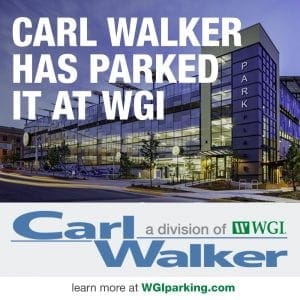
WGI Structures Continued Growth; Firm Acquires Carl Walker, Inc.
WGI is pleased to announce it joined forces with award-winning parking consulting and structural engineering provider Carl Walker, Inc..
Learn from award-winning professionals — explore our whitepapers, blogs, and the latest industry updates.
Join our dynamic organization of engineers, land surveyors, landscape architects, environmental scientists, and architects!
Talk to a market leader today! We’ll answer any questions you have about our professional services.
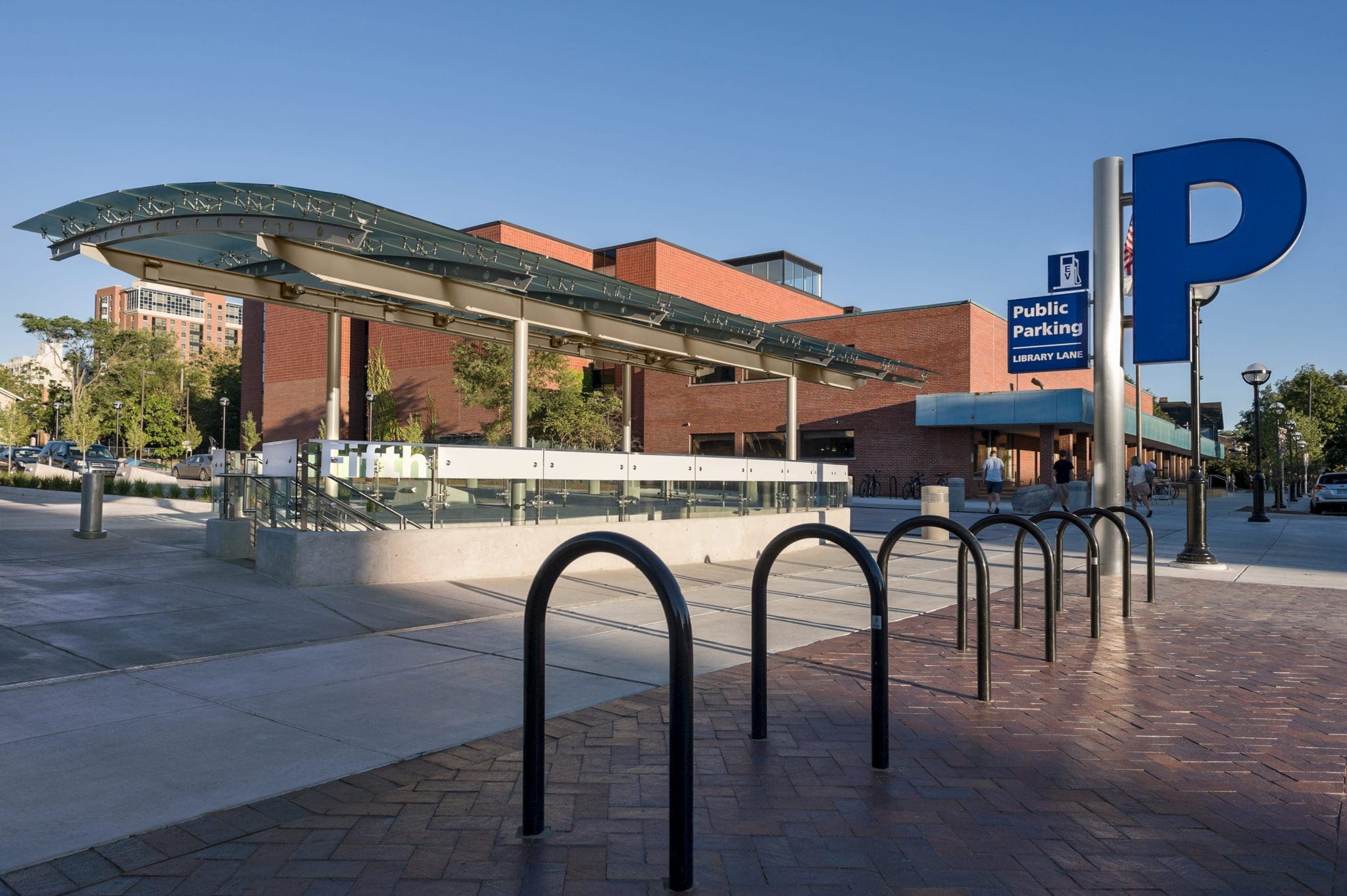
Underground parking structures are more common as land values rise and as communities encourage mixed-use developments that incorporate parking beneath the primary development use – office, retail, hotel, and residential. Underground parking also allows the city or developer to take full advantage of available street frontage for placement of retail and commercial uses. Though more costly, underground parking provides many long-term benefits such as preserving prime real estate for other more downtown-friendly uses, convenient, centrally located parking, and removing parking from street frontage.
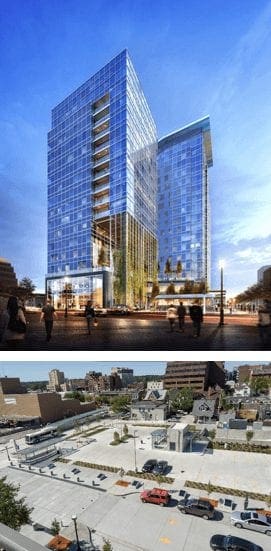
Underground parking is an ideal way for a city to make better use of public real estate, encourage private development, and return public property to the tax roll. Although the costs to build an underground parking structure are substantial, the potential economic benefits must be considered when evaluating these types of projects. Removing parking from the street level dramatically improves the pedestrian experience. Furthermore, moving parking underground helps maximize the available private development area, which can provide significant financial benefits to local governments. As an example, a typical three-level parking structure built to accommodate 450 cars will require an approximate footprint of 50,000 square feet, or 150,000 square feet of area. If this space was utilized for above-grade commercial purposes, the economic impact could be substantial; generating jobs, retail activity, and annual tax revenue.
Underground parking may be constructed beneath a building, beneath a park or plaza, or may simply provide additional parking for an above-ground parking structure when it is important to reduce the structure’s mass. Understanding the primary design and construction issues are important when planning an underground parking structure. Figure 1 shows the rendering of a private development to be built over a 750-space public parking structure.
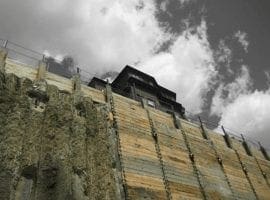
Site conditions significantly impact design and construction. Underground parking built in tight, urban areas is often developed to a zero-lot line, requiring both temporary and permanent earth retention. Temporary earth retention stabilizes the site perimeter during soil excavation and construction, and in some cases can reduce site dewatering volume requirements.
Permanent earth retention may be integrated with the building’s structural system or be independent of the building. If site conditions allow, independent systems may be used to provide natural light and ventilation into the structure. This added openness improves user comfort and reduces operational costs related to illumination and aeration.
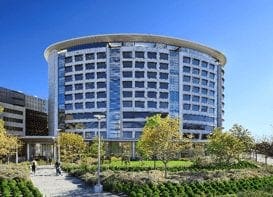
Underground parking may be utilized to reduce the overall height of a parking facility or take advantage of site topography. However, underground parking is often built beneath a street-level plaza or park, or integrated into a multi-story commercial, residential, or institutional building. In all scenarios, the primary parking goals should be maximizing parking, creating a welcoming environment, and providing an economical facility, balancing initial construction costs, long-term maintenance/operating costs, and user comfort. Figure 2 shows a landscaped plaza above four levels of underground parking.
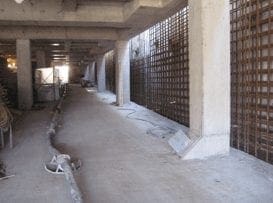
Selection of the structural system for a traditional above-grade parking structure is generally based on construction cost, durability and future maintenance costs, user comfort, owner preference, and construction schedule. These decisions are equally important with underground structures, but additionally, underground parking structures must often sustain lateral earth loads, loads from adjacent buildings/roadways, and loads from a park, plaza, or building constructed above. In evaluating structural systems, design objectives should include:
Figure 3 shows the separation of an underground parking structure from rigid basement walls, vital to reducing restraint-induced deterioration.
Parking structure costs vary based on the region of the country, architectural features, structural system, user comfort considerations, durability/service life, site conditions, and economic climate. However, with underground parking, additional costs may be expected to address the following:
WGI maintains detailed historical construction cost data and produces an annual Parking Structure Cost Outlook Report. This cost data is based on above-grade construction; however, it can be used as a basis for developing below-grade costs. Generally, the deeper the structure, the higher the cost.
The most significant investment is the structural system and its durability, which impacts maintenance costs, determines the parking structure’s service life, and impacts the cost of parking for the next 50 to 60 years.
The parking structure design should provide a balance between first cost and life-cycle cost. State-of-the-art design features—high-strength concrete, low water-cement ratio concrete, corrosion inhibitors, coated reinforcing steel, and protected pre-stressing systems—should be utilized for a high-quality, durable concrete structure. Other design features, such as positive drainage, quality joint sealants, penetrating sealers, adequate coverage to the reinforcing steel, and a rigorous maintenance program, are also vital to the structure’s long-term performance.
Underground parking structures are particularly vulnerable to structural distress related to the restraint of concrete shrinkage and thermal volumetric change. Ignoring the structure’s stiffness characteristics may lead to cracking and premature deterioration. In severe conditions, forces generated by restraint can lead to structural column failure.
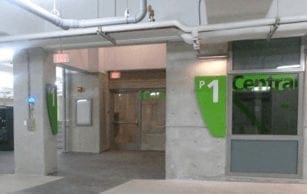
Building fire-safety requirements, structural requirements, and personal safety requirements often conflict when designing underground parking structures. Personal safety requires an open design with minmal visual obstructions. In above-grade structures, this often accomplished with open stairs (with exterior glass enclosures), glass-backed elevators, long-span construction, and open framing to resist lateral loads (wind and seismic). However, most underground parking structures cannot be classified as “open” and require fire-rated (enclosed) elevator and stair cores.
Fire-rated elevator and stair cores are typically accomplished with solid masonry or concrete enclosures. Furthermore, mechanical ventilation and fire sprinkler systems are typically required in underground parking structures. These requirements will increase construction cost. Perhaps more importantly, the code requirements for underground parking can significantly reduce user line-of-sight within the parking areas, eliminating the opportunity to observe conditions in stairs/elevators prior to entering, dramatically increasing user apprehension. To promote a sense of safety and security, while meeting life safety code requirements, key design features should include the use of fire-rated glass for glass-backed elevators and glass-enclosed stairs. Figure 4 shows an underground parking structure with glass-backed elevators and glass enclosures at stairs.
Short-span construction introduces additional building columns and is often used in underground parking structures to accommodate above-grade uses. Furthermore, interior shear walls are often used to resist retained earth loading.
Combined, these design considerations significantly reduce pedestrian line-of-sight and impede the opportunity to observe conditions in stairs/elevators prior to entering.
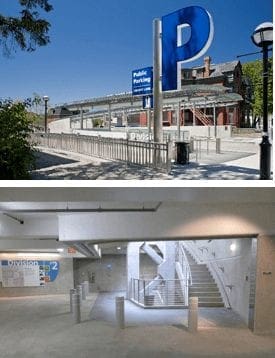
Traditional underground parking structures can be intimidating. Underground public parking facilities require greater attention to personal safety. Enclosed stair towers, enclosed elevators, structural elements reducing visibility, artificial lighting, and lack of visual landmarks to guide pedestrians to their destinations often make users uncomfortable. Accommodating non-traditional parking structure uses such as buildings, plaza, parks, or roadways constructed above and supported on the structure may limit design flexibility.
Architectural features that help create a sense of personal safety may include open stairways, glass-backed elevators using fire-rated glass, structural bracing in lieu of shear walls, daylighting provisions that project natural light to the lowest underground level, high ceiling heights, emergency call stations, security cameras, cellular phone repeaters to assure cell phone coverage, and a creative wayfinding system. Figures 5 shows an open stair (with natural light through the glass roof) with a horizontal fire barrier that is activated when fire is detected. This allows the stair to remain open during normal operations. Figure 6 shows bracing used in lieu of shear walls to maintain users’ open lines of sight.
Operations and maintenance costs are influenced by design and construction. A lower initial cost generally produces higher maintenance and operations costs.
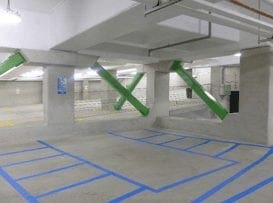
Primary cost considerations include staffing, electricity, and maintenance/repair costs related to concrete deterioration, waterproofing, metal corrosion, and equipment wear-and-tear. There are other cost considerations to keep in mind:
Staffing costs can be significantly reduced with the use of automated parking equipment; however, it is important to remember that staffing in an underground parking structure is an important security enhancement.
Lighting is generally the largest energy consumption component in a parking structure, and low-energy consumption fixtures and circuiting should be used.
While initial construction cost is an important design factor, a durable design reduces long-term maintenance and repair costs (i.e., life-cycle cost).
The U.S. Green Building Council’s (USGBC) LEED program no longer allows a stand-alone parking structure to be eligible for LEED certification. However, the USGBC recently acquired the Green Parking Council along with its Parksmart Green Garage Certification Program. Regardless of certification, the parking structure should be designed for sustainability and energy-use reduction. There are many strategies and approaches that can be incorporated into the project, contributing to an overall sustainability program. These may include strategies such as locally supplied materials, construction-waste management, materials with recycled content, low-emitting materials (low- or no-VOC), LED/low-energy lighting, natural ventilation, bicycle parking, proximity to a bus stop, and many others.
Underground parking structures can be expensive to build, but the benefits often justify the added cost by preserving valuable real estate for higher use, providing centrally located parking, creating urban parks/plazas, and removing parking from street frontages.
Learn more about our Parking Solutions group by clicking here.

WGI is a national design and professional services firm leading in technology-based solutions for the construction of public infrastructure and real estate development. At WGI, we’re providing Tomorrow’s Infrastructure Solutions Today.

WGI is pleased to announce it joined forces with award-winning parking consulting and structural engineering provider Carl Walker, Inc..
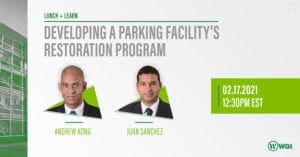
In this session of WGI’s Webinar Series, our restoration experts discussed the leading causes of deterioration and potential structural failures in various types of parking structures, and how restoration programs can increase the safety and lifespan of parking facilities.
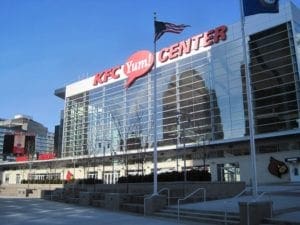
Success begins with thoughtful planning and design, and the owner’s interests must be well represented at each step in the process.
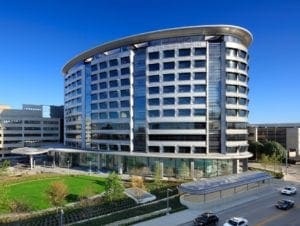
Strategies for a Healthier Parking Facility. Promote public health and protect patrons with these operational management strategies.
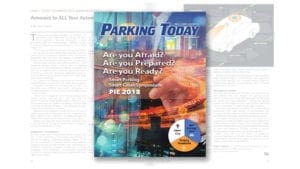
Part 1: Many Barriers, But Some Benefits to Come
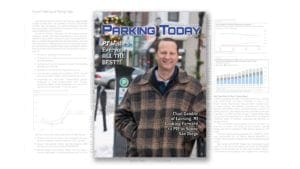
This article represents a collaborative effort to evaluate the data compiled by WGI and PPA, assessing the big picture while analyzing the “TNCs effect.”
You’ve been searching for a place like WGI. We look forward to meeting you soon.
Sign up to receive emails to hear our latest news and achievements in our monthly newsletter.
Enter your zip code, and we’ll personalize your experience with local projects, office locations, team members, and more.
WGI supports its associates with meaningful opportunities for growth, strong benefits and perks, while we work collaboratively with clients and co-consultants to shape and improve communities.






WGI is a dynamic organization with opportunities nationwide for engineers, land surveyors, landscape architects, environmental scientists, and architects.